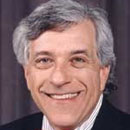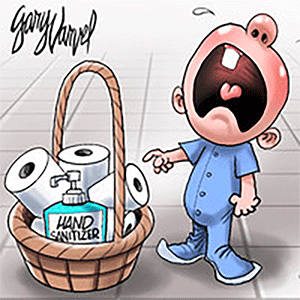The Kid Whisperer: How to teach kids to have fun without causing problems
Published in Lifestyles
Dear Kid Whisperer,
I teach fourth grade. My question is about putting students in teams. I have been pretty successful at keeping them on the same team all year, as you describe in your book. I am just wondering what you suggest when a team isn’t working out for the teacher? For example, some of my students have become very good friends throughout the school year and are talking disruptively while being on the same team. I would love to separate them.
Answer: I love this question because it gives me the chance to write the following:
Do not change a procedure that is effective because kids are using negative behaviors. Instead, change the behaviors.
The procedure of seating kids permanently is the correct one because, as you know from "The Classroom Behavior Manual," it involves seeding kids for academic and behavioral levels and placing those kids on teams accordingly. It involves surrounding the kids who are using more negative behaviors with kids using fewer of these behaviors. It involves surrounding the kids who are not achieving at a high level with kids who are. It involves considering your Power Positions, the spots from which you do the most teaching, and placing your most difficult kids near those positions.
For example, if you know that you have to spend an hour per day working with small groups at your reading table, you will likely place the kid who uses the most negative behaviors in a spot where you can be at a 45 degree angle behind his ear, when he is looking forward and you are seated at your table. The reason for this is that from this Power Position, you can see where he is seeing without him seeing you seeing where he is seeing.
Negative behaviors will be slightly less likely just by arranging your room this way, but more importantly, it puts you in the best position for the maximum amount of time to use your Behavioral Leadership strategies -- in this case, Gentle Guidance Interventions and Delayed Learning Opportunities.
Just remember that this permanent seating is just a “home base” for your kids. Feel free to have kids work in different groups or move about the room to work independently -- whatever works best for you.
Here’s how I’d teach your two buddies to use positive behaviors.
Kid #1 and Kid #2 are talking a bit too loudly and horseplaying at their seats.
Kid Whisperer, seated at a Power Position, working with a small group, looks at Kid #1 in a confused way, as if to say, “You are amazing and smart, so I’m confused about why you would use this behavior.” Kid #1 completely ignores this confusedness.
From his convenient location, Kid Whisperer wanders toward Kids #1 and #2 and puts his body in between both students. Kid Whisperer puts his hand on Kid #2’s chair and leans into it. Kids #1 and #2 stop their negative behaviors. Kid Whisperer returns to his small group work.
Five minutes later, Kids #1 and #2 return to their shenanigans.
Kid Whisperer walks over to Kids #1 and #2.
Kid Whisperer: “Oh, drat. There’s room for growth. I’m going to help you do some learning later.”
Kid Whisperer walks back to his small group and continues teaching.
Because Kid Whisperer uses the exact same script to delay the learning opportunity as he has 100 other times that school year, and because we has followed through and delivered a learning opportunity sometime after he delayed it 100% of the time, the silliness stops immediately because Kids #1 and #2 know that when Kid Whisperer says he’s going to do something, he does it.
Later, at a non-instructional time, Kid Whisperer has Kids #1 and #2 practice sitting next to each other without causing a problem for the people around them. They are allowed to talk at an appropriate voice level, draw, read or do anything that doesn’t cause a problem, except sleep, since you can’t sleep and practice at the same time.
Separating Kids #1 and #2 not only causes dysfunction in the classroom, it tells them that you have a low opinion of their ability to regulate their behavior and be positive, pro-social members of the world. Having them practice having fun while not causing a problem helps them to develop a life skill and shows them that you think that they have the capacity for growth and positive behavior.
____
©2025 Tribune Content Agency, LLC.
























Comments